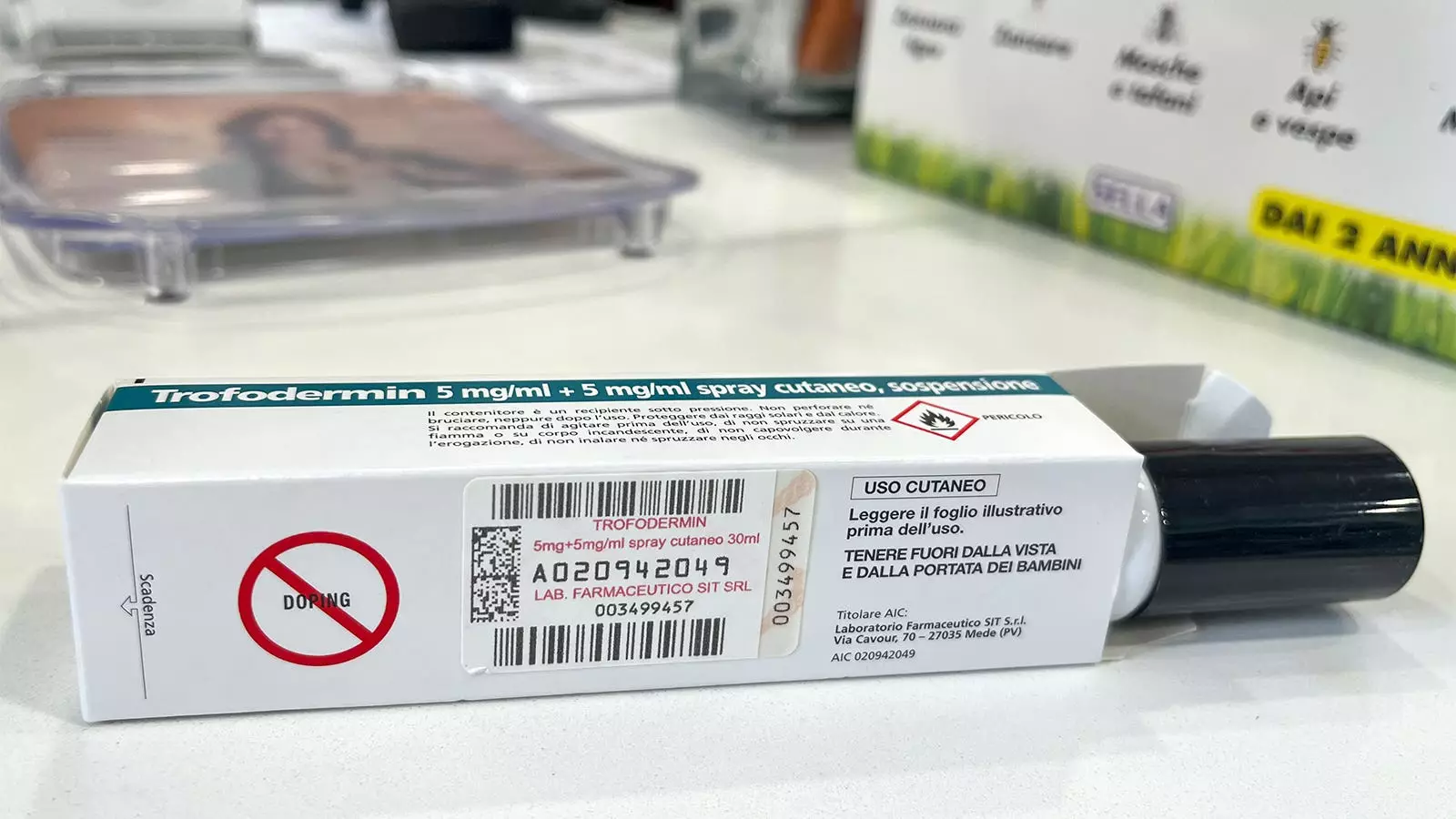In a recent incident that sent shockwaves through the tennis world, No. 1-ranked player Jannik Sinner found himself embroiled in a doping scandal after failing two drug tests in March. The substance in question was clostebol, an anabolic steroid banned by the World Anti-Doping Association. This revelation came as a surprise to many, as Sinner had been making waves in the sport with his impressive performances, including winning his first Grand Slam title earlier in the year. The chain of events that led to this unfortunate situation sheds light on the complexities and pitfalls of the current anti-doping system.
Insight into the Incident
Sinner’s failed drug tests were linked to the over-the-counter spray Trofodermin, which is available without a prescription in Italy, his home country. This medication, meant for treating cuts and scrapes, contains clostebol and carries a warning against misuse by athletes. Despite this, the product is easily accessible, leading to inadvertent violations of anti-doping regulations. Sinner’s case is not an isolated one, as noted by Italian lawyer Giovanni Fontana, who has dealt with numerous instances of athletes testing positive for clostebol due to Trofodermin use. The ease with which this banned substance can enter an athlete’s system underscores the need for stricter regulations and clearer guidelines.
Following the investigation into Sinner’s case, it was determined that the clostebol entered his system unknowingly through a massage by his physiotherapist, who had used Trofodermin for a cut without proper precautions. While Sinner was cleared of intentional wrongdoing and avoided suspension, the incident has raised questions about accountability and responsibility. Fontana suggests that Sinner may have grounds to pursue legal action against those involved in the chain of events, including his trainer and physiotherapist. The potential fallout from this incident extends beyond Sinner’s career, as legal and ethical implications come into play.
Broader Implications and Regulatory Challenges
The case of Jannik Sinner highlights the challenges faced by athletes, governing bodies, and medical professionals in navigating the complex landscape of anti-doping regulations. The discrepancies in regulations across different countries, as seen in the availability of clostebol-containing products like Trofodermin, pose a significant risk to clean sport. The lack of uniformity in enforcement and awareness further complicates the efforts to uphold fair competition and integrity in sports. As the doping landscape evolves and new substances emerge, the need for comprehensive education and compliance becomes paramount.
In the aftermath of the incident involving Jannik Sinner, there are valuable lessons to be gleaned for all stakeholders involved in the sports industry. Athletes must exercise vigilance in monitoring their medication and treatment regimes to avoid unintentional violations of anti-doping rules. Coaches, trainers, and medical personnel have a responsibility to stay informed about banned substances and ensure the safety and well-being of their athletes. Regulatory bodies and anti-doping agencies must continue to adapt and strengthen their protocols to address emerging threats and safeguard the integrity of sport. By learning from past mistakes and working collaboratively towards a cleaner and fairer sporting environment, the incident involving Jannik Sinner can serve as a catalyst for positive change.



Leave a Reply